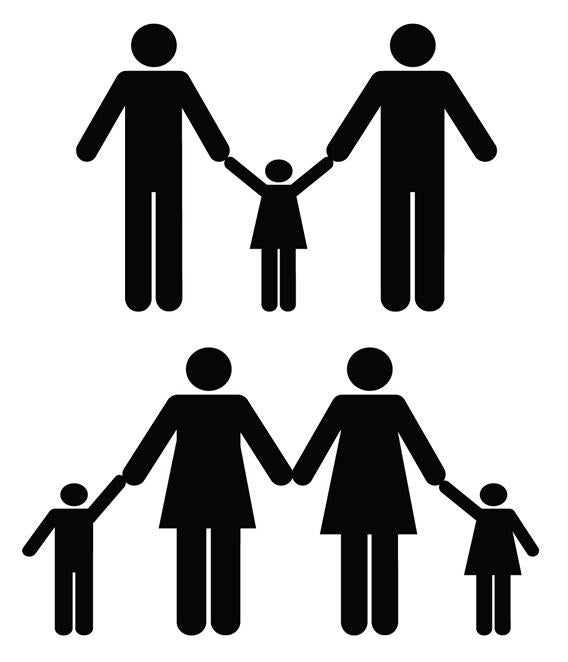Last week, Slate published an article by Mark Regnerus about his study of parents who had same-sex romantic relationships. According to Regnerus, the study shows different (and generally worse) outcomes for children whose parents engaged in such relationships, compared to adults who lived with their married, biological parents throughout childhood. Slate also published a critique of the study—and a defense of the data—by William Saletan.
Both writers had more to say, and they agreed to continue the exchange here. What follows is the final part of their dialogue.
Hi Will,
Since I’m trying to rescue some semblance of vacation, this must be my final dispatch. I think it’s been a profitable exercise. Thanks for corresponding with me.
For a social-science literature that is in its infancy, you draw some pretty emphatic conclusions in your last response, more so than I did in the study. What I think the NFSS has most effectively accomplished, beside documenting the simple presence of differences, is to raise more empirical questions and call attention to the dismal reliance heretofore on small studies using nonrandom samples that have been given a free pass. This pass has been granted both by the media and by much of the social-science community because the message was one that fit their sensibilities, not because they necessarily told us true things about the population of gay and lesbian households and families as a whole. Instead, the small studies told us true things about biased samples. It would be like I walked out my door, interviewed several dozen of my neighbors, and declared to the world exactly what Austin, Texas is like.
Indeed, Will, you remain pretty fixated on the more recent turn toward planned lesbian families, wherein couples pursue the complicated—and potentially quite expensive—process of deciding just how they will have a child. Yes, the children of such a selective group would be expected to fare better. But they’re hardly the only face of same-sex parents in America, and that is one conclusion of my study. Is the welfare of so many other children to be overlooked because of the scholarly community and media’s penchant for focusing only on this most elite form of childbearing? Even among the youngest NFSS respondents, few appeared to be born in this comparatively new manner. The face of gay and lesbian households in America is more diverse than that.
So what kinds of empirical research questions should come next? Here are a few that make sense to me. Each of them, I assert, ought to be tested using very large, nationally-representative samples. First, how stable are straight, gay, and lesbian relationships, both those with and without children? Instability, as you know, was a specter in the study. Might the stability that may emerge from early uptake of gay marriage (in those states that permit it) be a selection effect—that is, the result of pent-up demand among the most stable of couples? Just how common is the “planned” method of childbearing today, as a share of all households headed by gay or lesbian parents? These are just a few of the many interesting (but provocative) questions that could be asked. But we may yet be years from answering them.
Finally, critics like yourself have noted the limitations of the NFSS. It certainly has them. It’s time to be as rigorous with your friends as with your (perceived) enemies.
Warmly,
Mark
